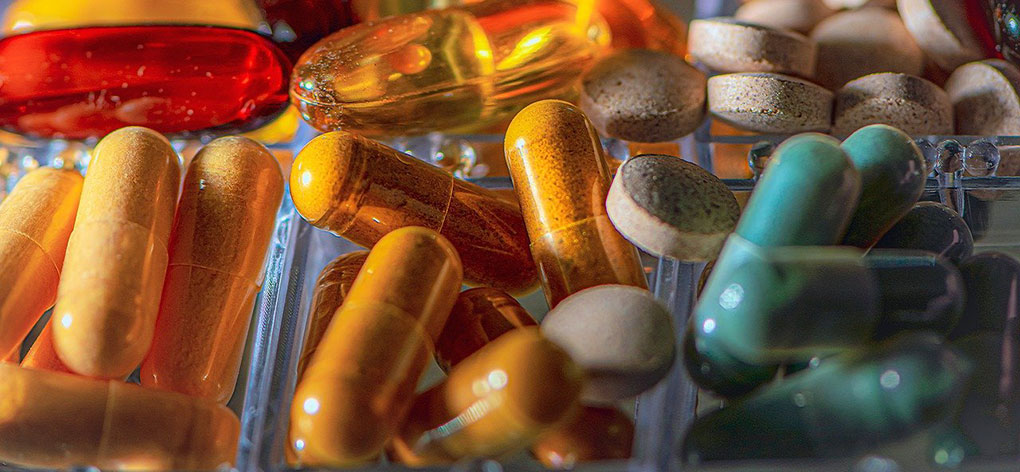The release and subsequent multi-billion dollar success of Viagra may have forever changed the way we think about sexuality. With a few exceptions, prior to Viagra the business of making large sums of money off sexual behavior was left (mostly) to pornographers and the sex trade. While there were medical and pharmacological interventions designed to improve sexual function, the machinery of the scientific academy and the huge pharmaceutical industry didn’t pay that much attention to sexual behaviors and response.
Pioneering researchers from Richard von Krafft-Ebing to Alfred Kinsey to Masters and Johnson’s and Helen Singer Kaplan have contributed greatly to our understanding of human sexuality, but they were exceptions to the rule.
For better or worse, things have changed.
These days there are academic positions in departments specifically for studying sexual medicine, and drug companies are putting serious money behind researchers who are looking for the next blue pill that will make them billions. There are wannabe-celebrity sexologists (who look suspiciously like the celebrities they want to be) who are shilling everything from sex toys to complete sexual makeover spas.
The questions remain: are pharmacological fixes what we need more of? When it comes to sexuality, are social factors more important than medical ones? And who sets the agenda for these issues?
Current Status
Once they had successfully addressed male sexuality with Viagra (ignoring the fact that Viagra doesn’t work for a large percentage of men, and it doesn’t address psychological or social issues of male sexual concerns) pharmaceutical companies turned to the newly created Female Sexual Dysfunction (FSD), to try and fix a problem that many argue is still largely misunderstood and understudied.
Proponents of pharmaceutical solutions like to quote a very misleading statistic suggesting that 43% of women suffer from sexual dysfunction. This statistic has little scientific credibility, but serves to heighten the public’s belief that there is a crisis in female sexual functioning.
In 2004 the first product created to treat FSD was rejected by the FDA. The rejection was based in part on concerns raised by a group of scientists, researchers, physicians, and activists, who pointed to the lack of long term studies and the small actual gains reported by users in the clinical trials.
Since that failure there has been a strong campaign to keep the issue of testosterone in the media with the same articles appearing time and time again.
Background
Finding “cures” for real or imagined sexual “ills” is nothing new. From snake oil and sugar pills to popular soft drinks, potions and pills promising increased virility and potency have been around a long time. Today, walk through any health food store, or surf an online drug or health food store and you’ll find sexual “supplements”, creams, and ointments designed to make sex better, make you last longer, make your toes curl and your hair stand on end. What seems different today, and what is certainly more worrisome, is that companies are no longer simply inventing “cures” for specific ills, they are manufacturing ills to match a pre-existing cure. Some women’s health advocates argue this is precisely the case with the misleading and misunderstood diagnosis of female sexual dysfunction.












